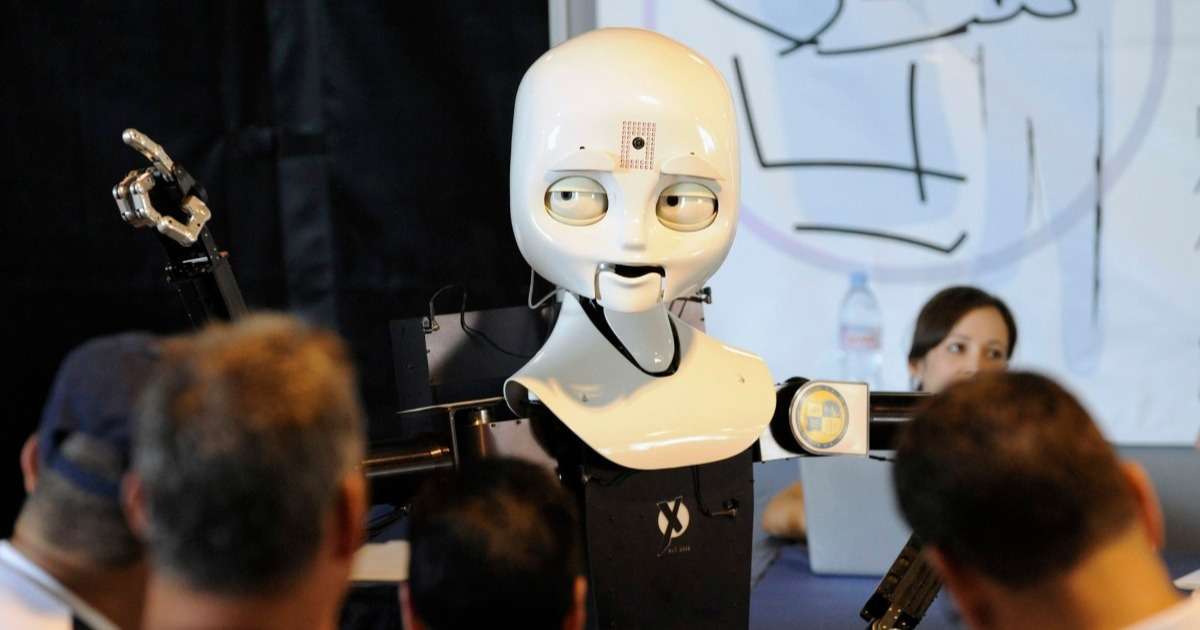
Autism research - mothers of high-risk children use more gestures
Children with autism spectrum disorder (ASD) often have delayed development in communication and language. This impaired development can be present even in the first year of their lives.

Playing virtual games with frames
For public displays nowadays, we are no longer limited to traditional square and flat designs. More wild and appealing forms like curves, spheres, or columns are now possible as well.

How to analyze nurse-patient consultations
Efficient and effective communication is necessary in doctor-patient as well as nurse-patient consultations.

Classroom observations including facial expression analysis
Internet and technology usage, including computers, tablets, and mobile phones, has increased exponentially in the past few years.

Observing monkey behavior – cracking the nut
We already know some monkeys display above average intelligence. One way by which we can tell is their use of tools. Studies have shown that capuchin monkeys use boulders and logs as anvils upon which they can crush nuts.

Human-robot interaction: Can you trust a robot?
How do you know if someone with whom you do business is telling the truth? When buying something from a stranger, we are trying to determine if he or she can be trusted, either consciously or unconsciously.

Beautiful birds and UV – What we cannot see
Don’t we all enjoy the variety and intensity of bird colors? Male birds have perhaps the most impressive color display in nature.

Emotional responses, heart rate & more: measuring consumer behavior
As a consumer, you have to make many different choices. Which peanut butter do you want? Which potato chips are the healthy choice?

Infant behavior experiments
When a baby is born prematurely, this baby and his or her parents often experience a rough start. You can think about eating problems, high risk of infection, or even anemia.

Assessment and training – positive behavior change
In daily practice, it can be difficult to establish a long-term change in behavior. Most of the time, people are not aware of their behavior.
